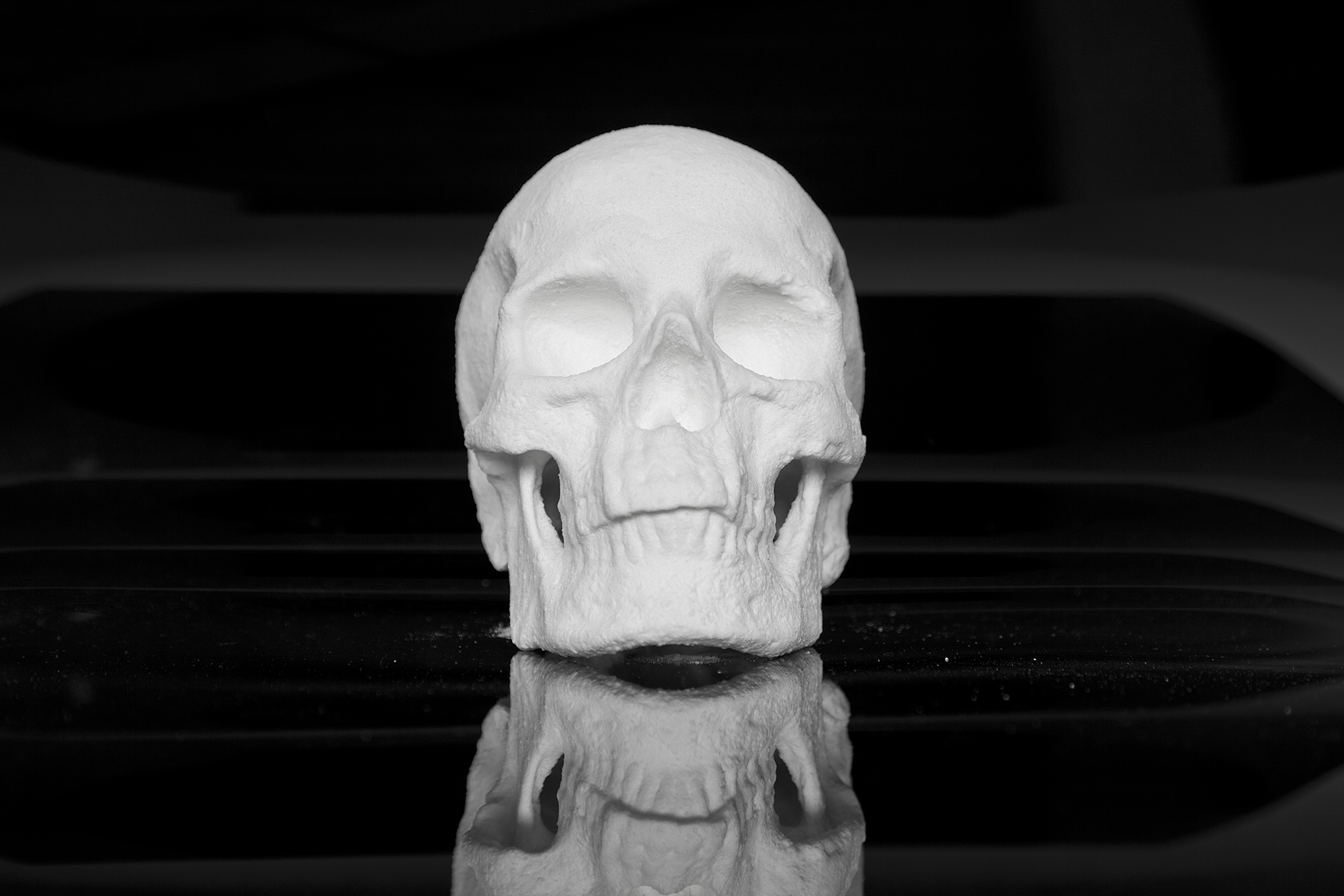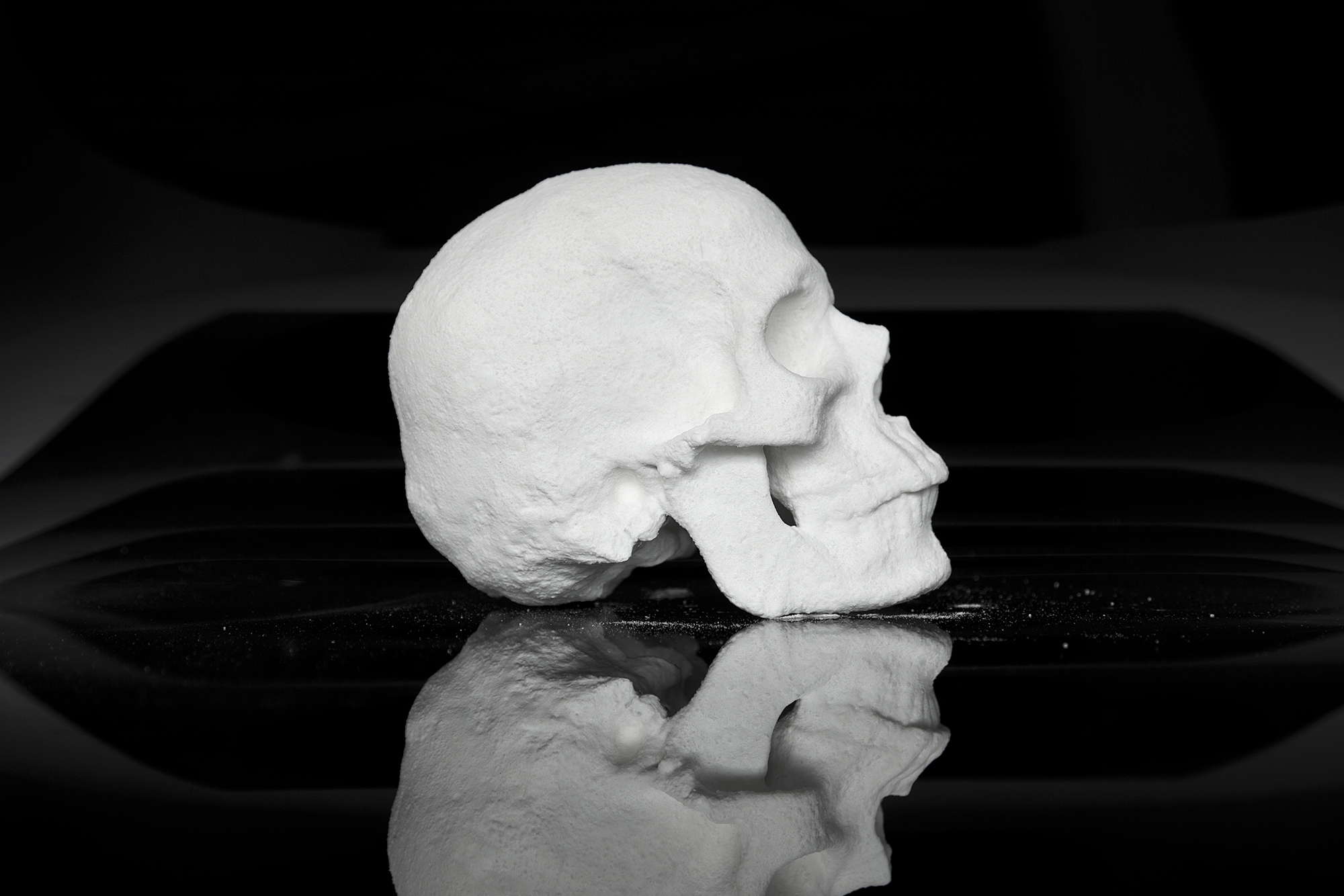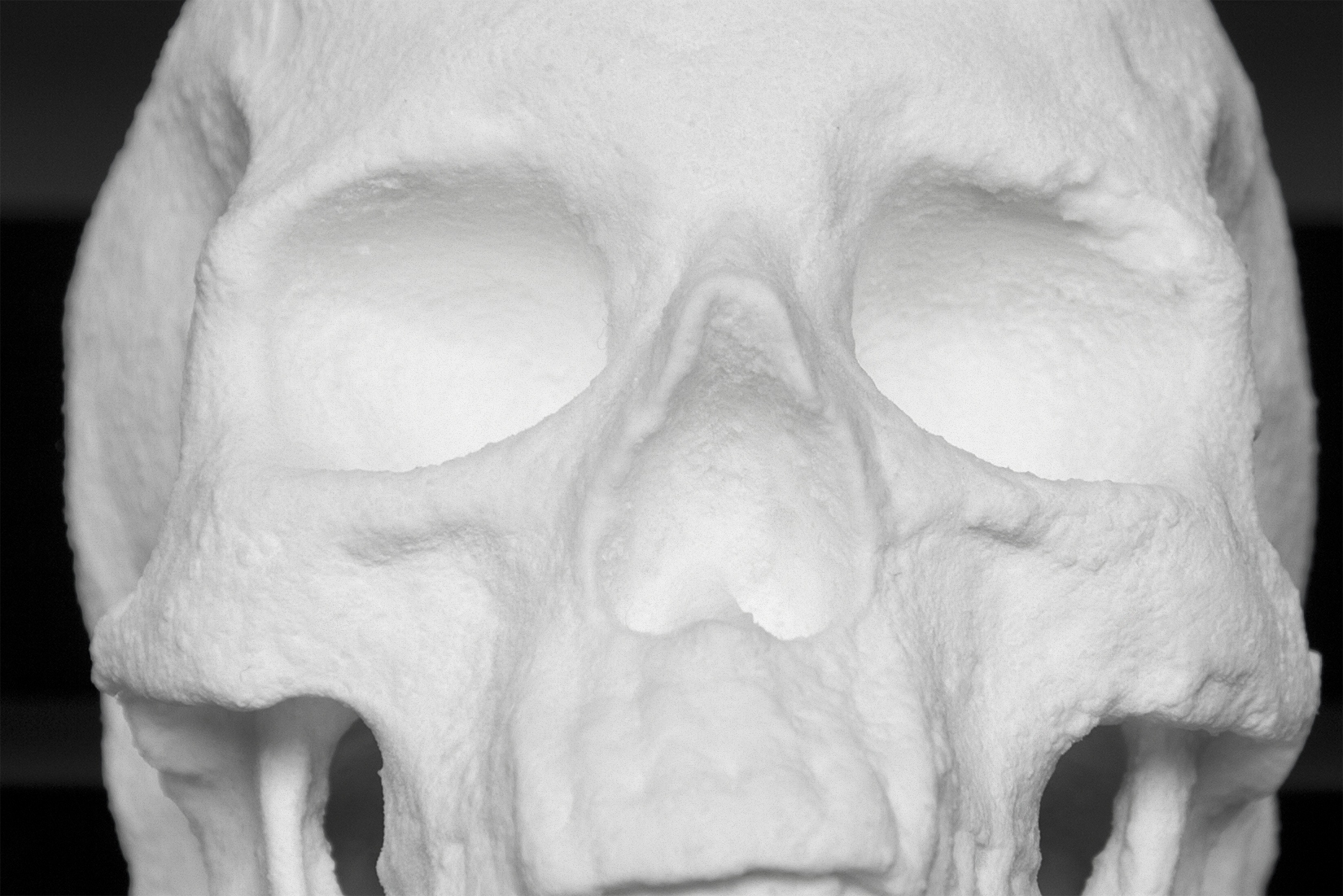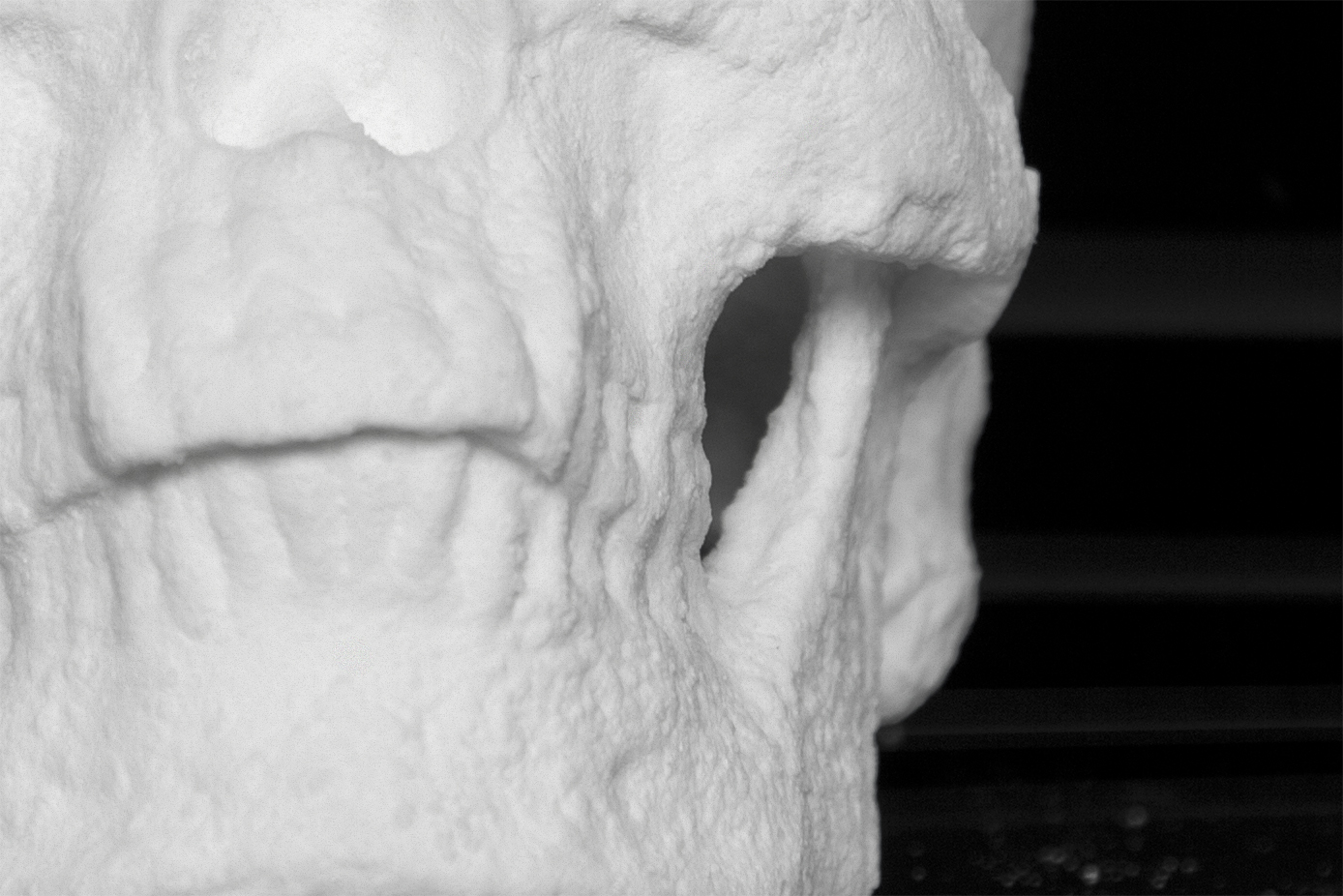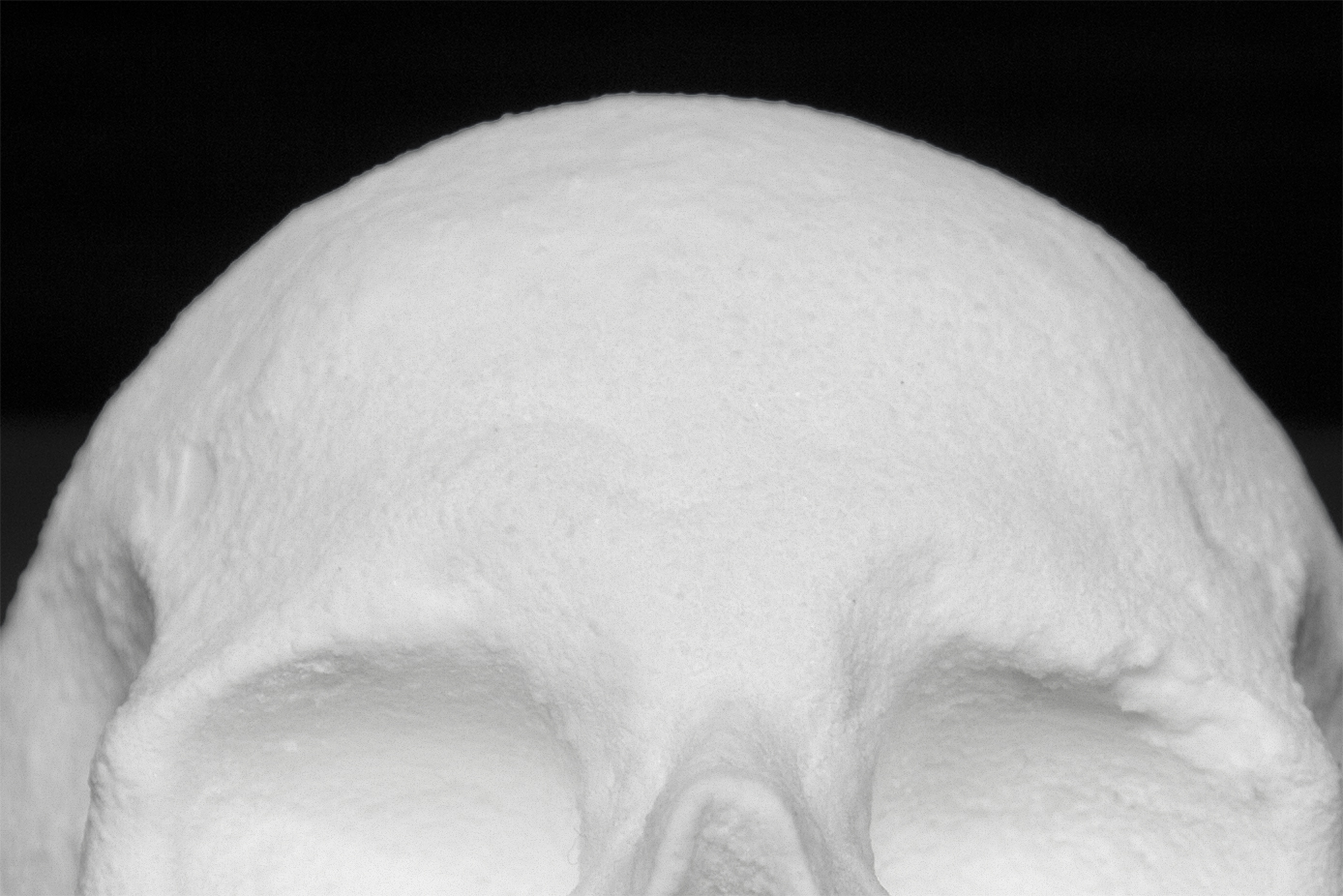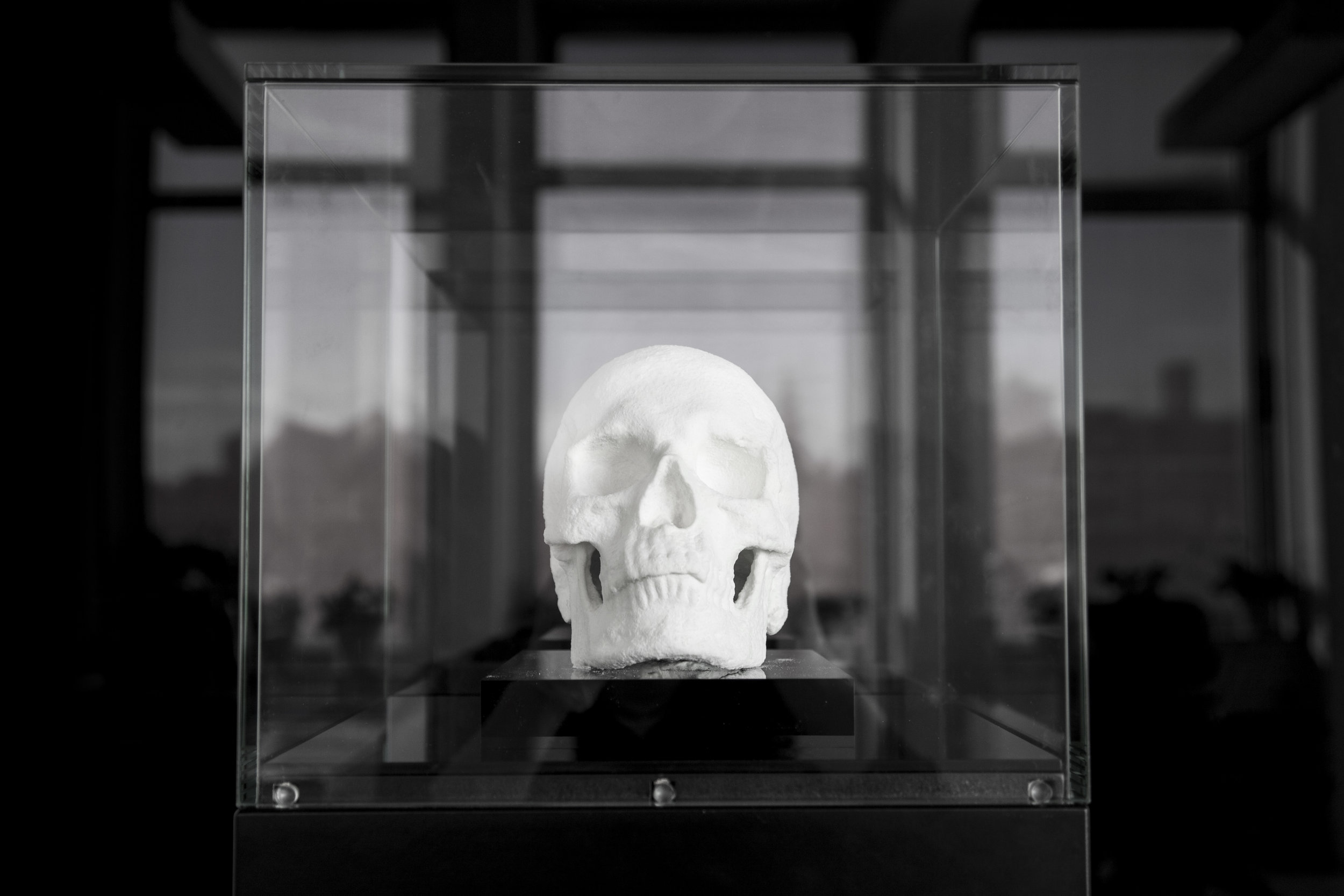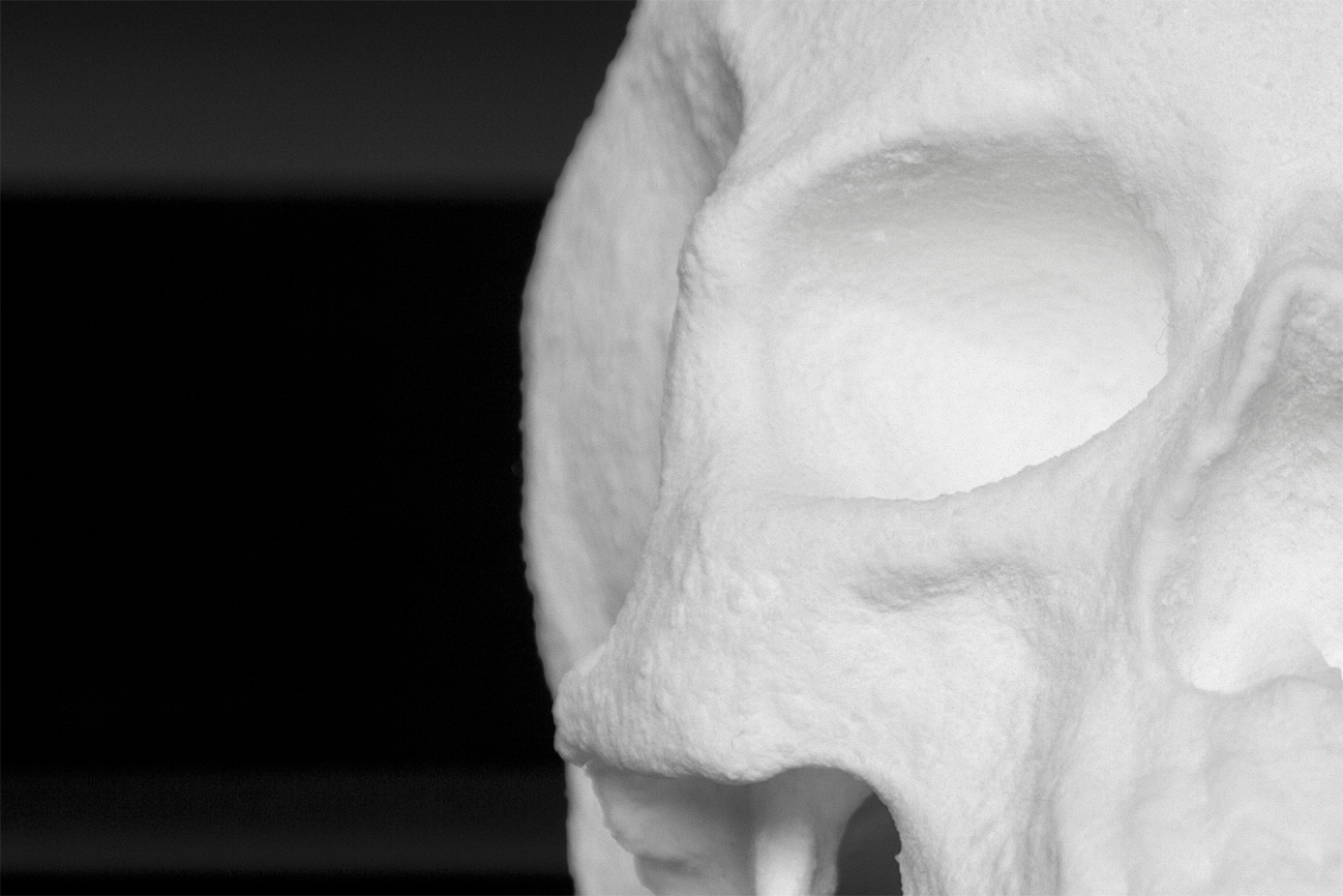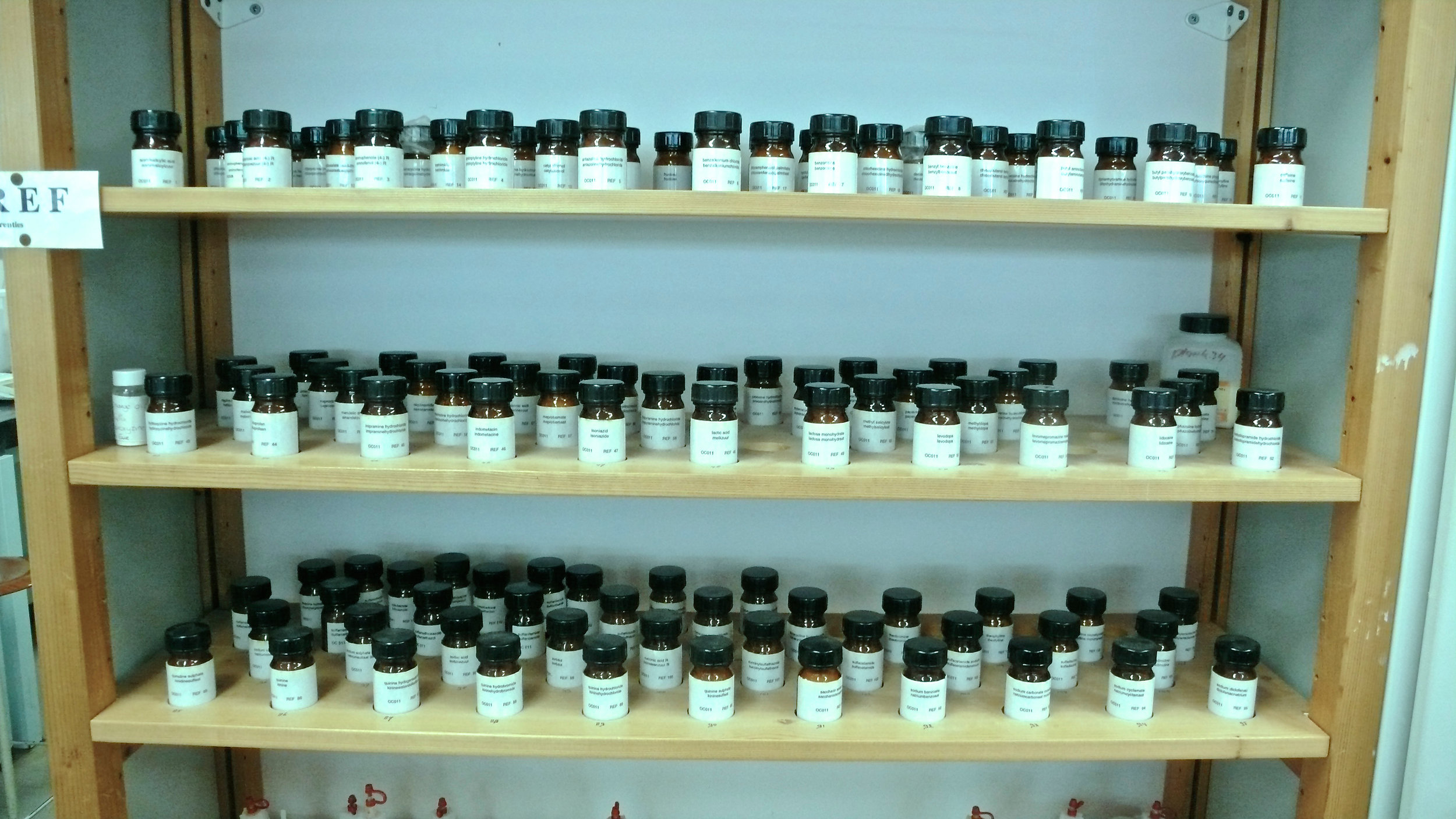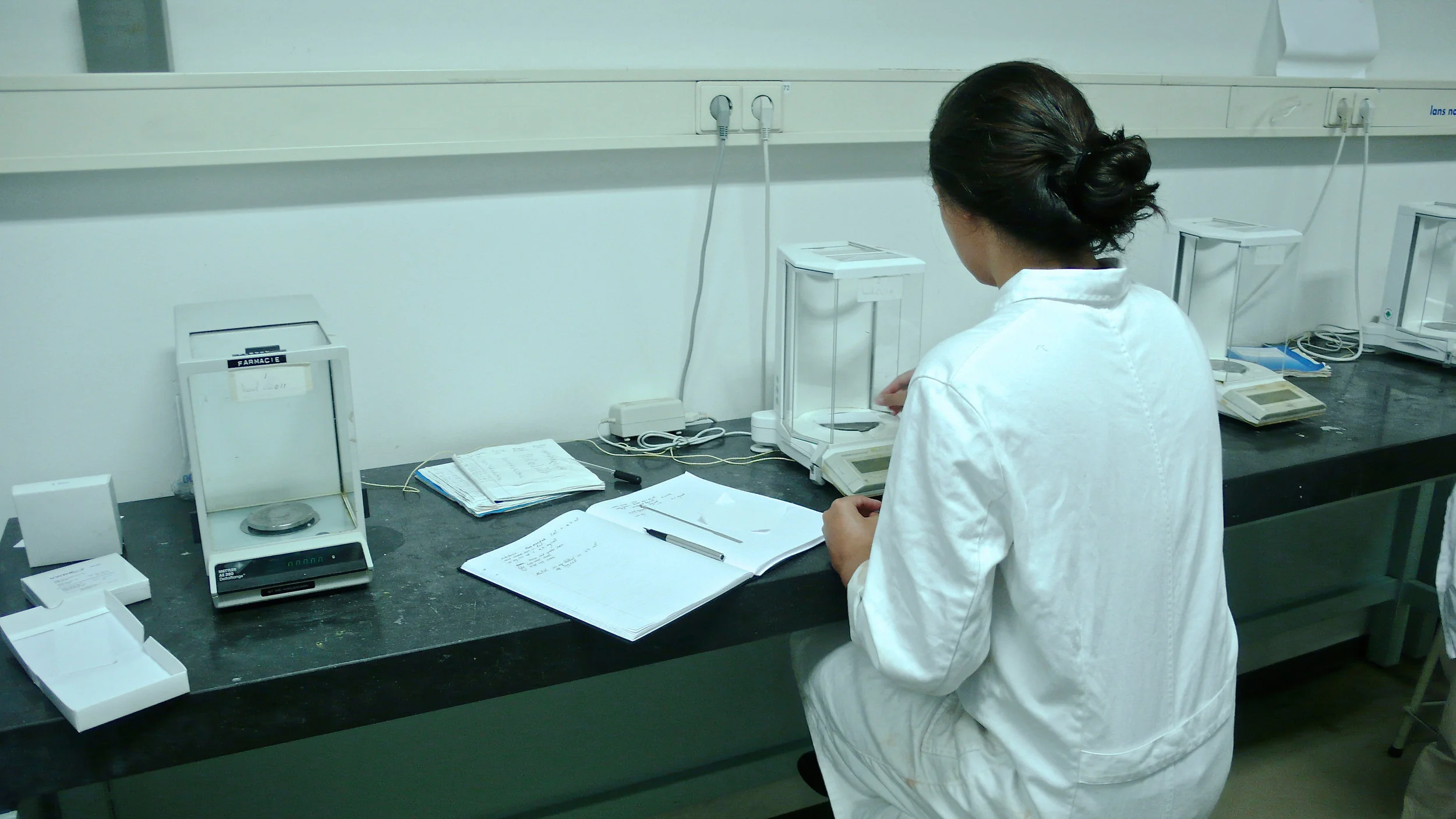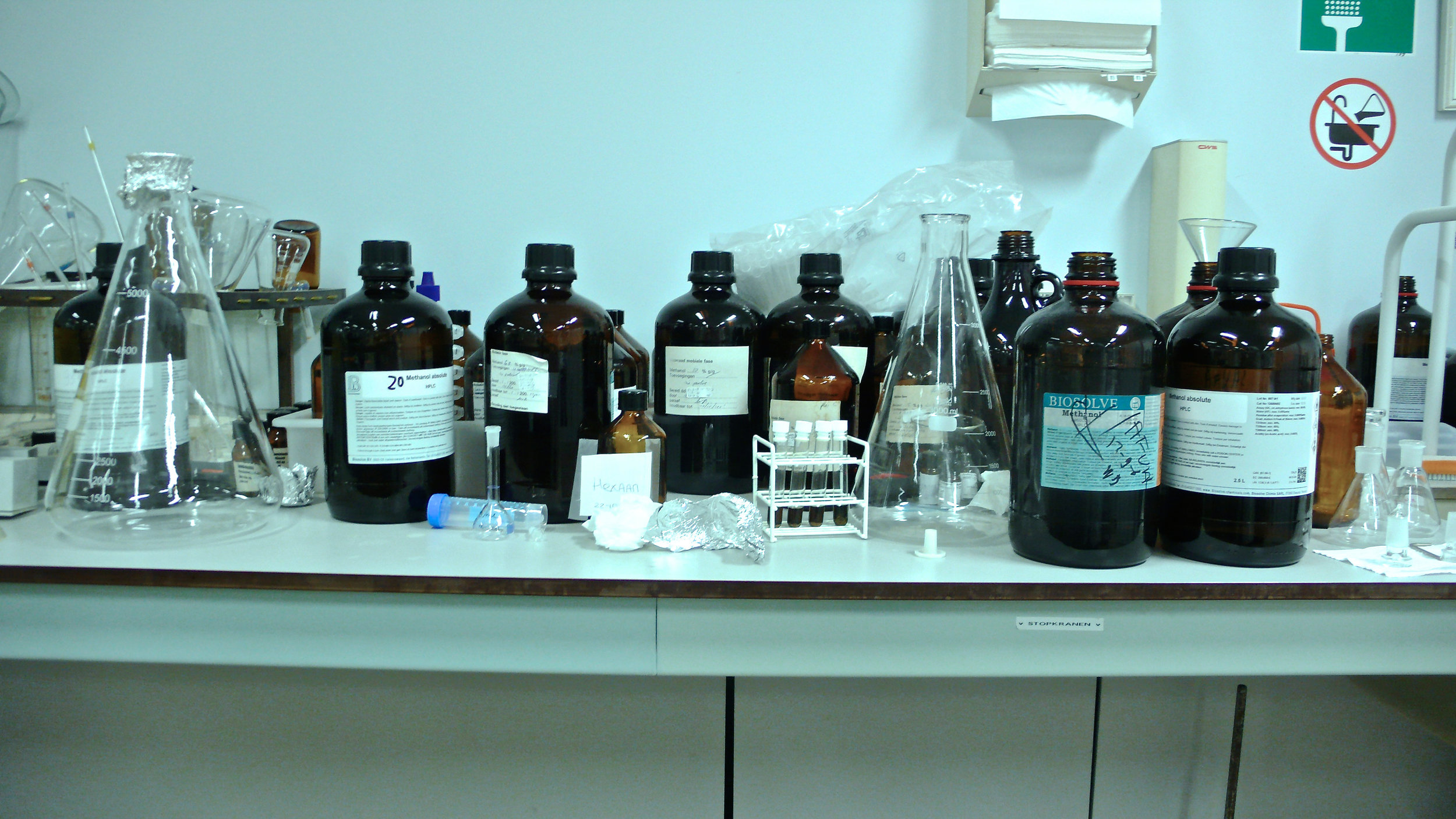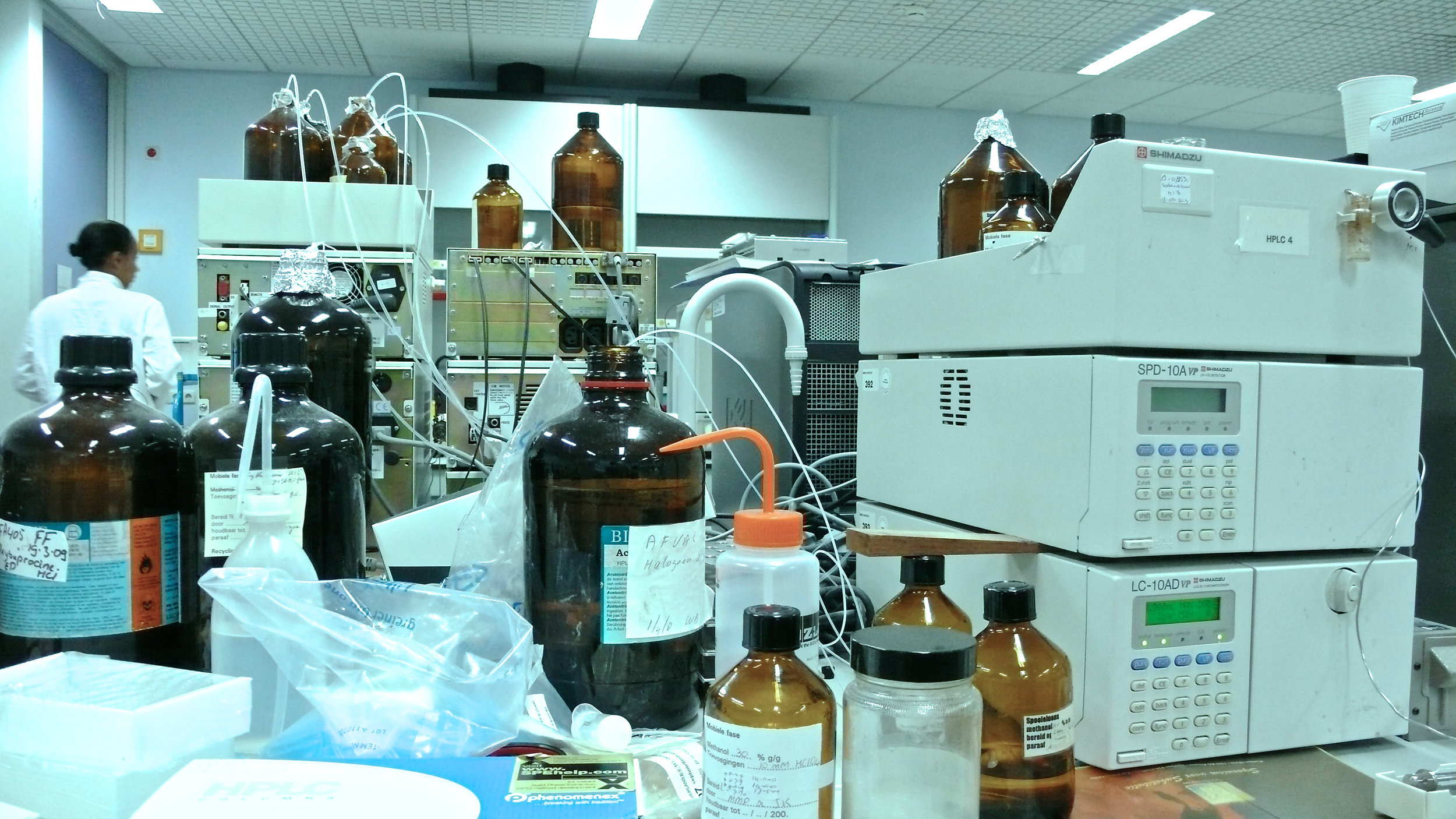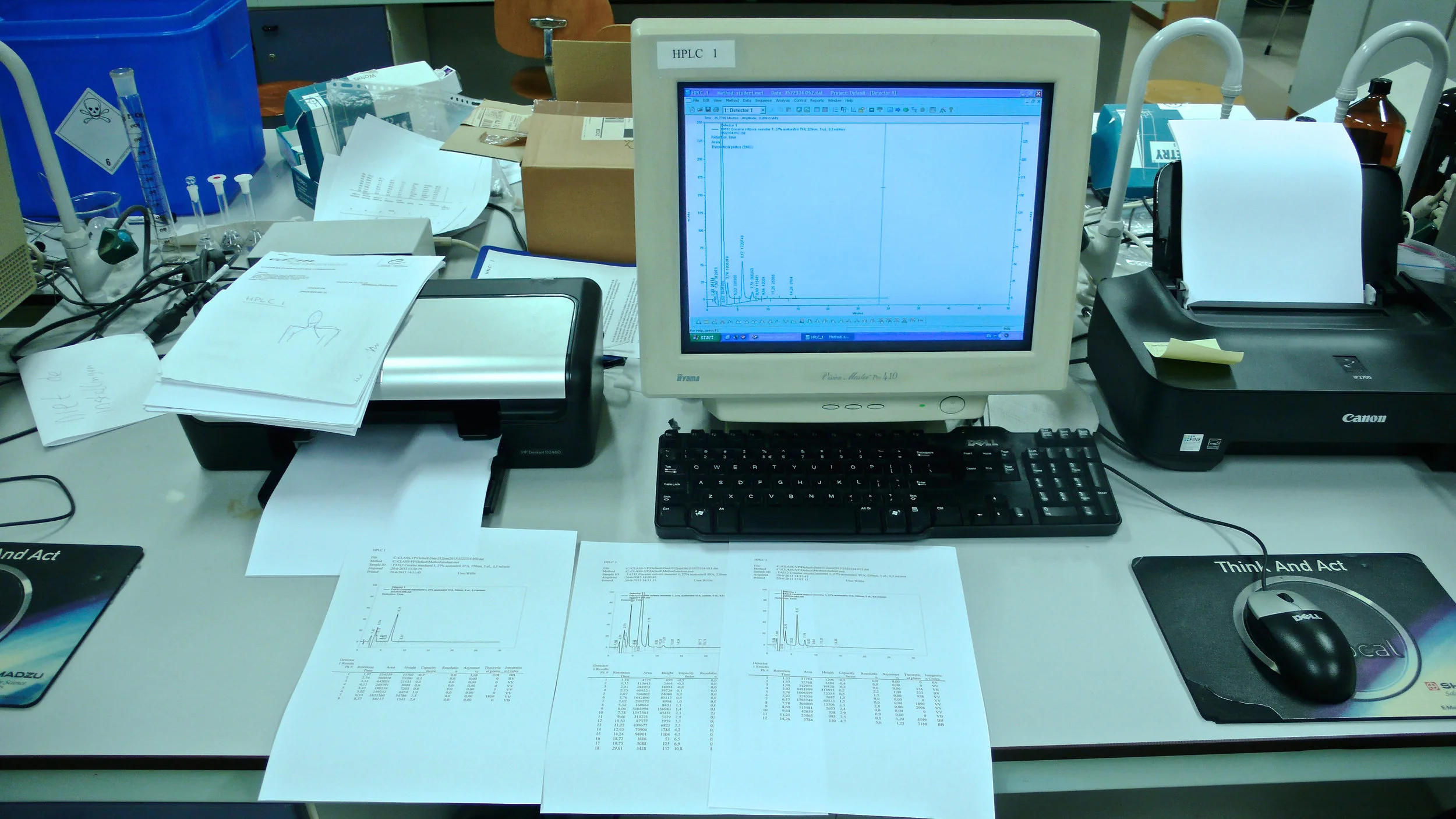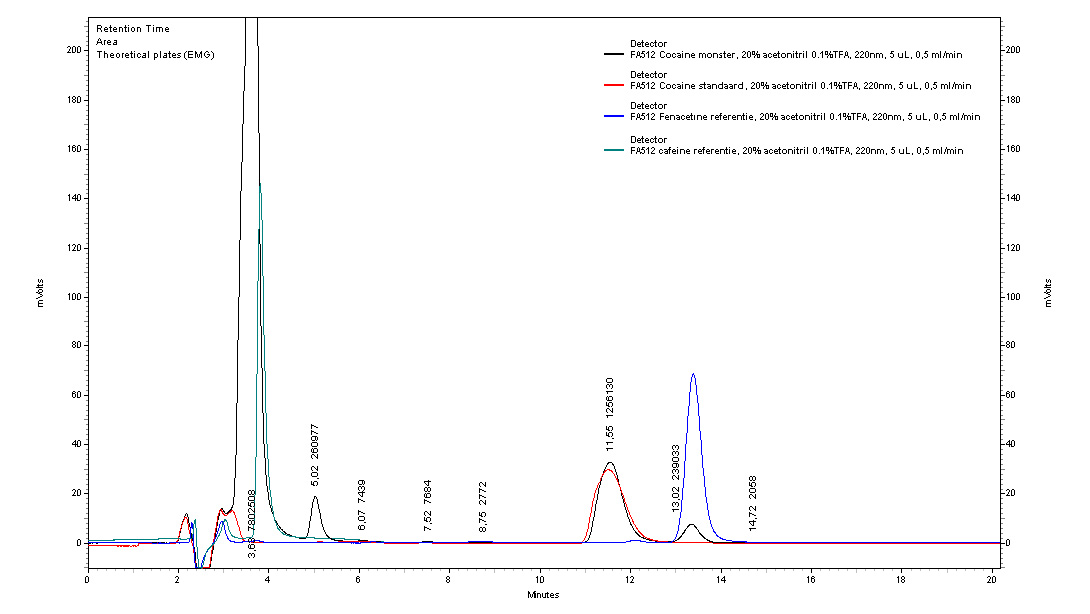Dimension 12 x 18 x 22 cm
Compression molded
Street sourced Cocaine + Gelatin
Commissioned piece
Ecce Animal
Once we were animals.
Like any other, we lived in an environment of fear and want. Then, we became 'human' and aspired to be better. We learned to control our environment but the fear stayed, because we never learned to control ourselves.
It is frightening to look at the face of our animal side laid bare by comfortable excess; the spoils of its aggression.
But what exactly is it about this image that is so confronting? Is it this division in our idea of self? Or is it a realisation that though we have mastered the outside world, we will always remain subservient to our inner selves.
*art prints available
“It is frightening to look at the face of our animal side laid bare by comfortable excess; the spoils of its aggression.”
“Ecce Animal is not intended to be a parable on the self-destructiveness of addiction or substance abuse. It’s the fusion of two icons that provokes thought and discussion on the nature of man. Specifically, about his creation of, and participation in, a society which echoes his own tendency to lose control.”
AT THE LABORATORY
In order to prepare and analyse the purity of the accumulated 'street' Cocaine, I hired a laboratory. Below a brief summary of the testing procedures and lab results.
The Scott Test
The presumptive SCOTT test was performed by dissolving Cobalt(II) Thiocyanate in a mixture of distilled water and glycerin and adding a bit of powder from the sample. The resulting solution turned blue when the powder was added. This test confirmed the presence of Cocaine.
Having now proven the presence of Cocaine, the SCOTT test was followed up by High Performance Liquid Chromatography analysis (HPLC), the goal of which is to ascertain the purity level of the sample. HPLC analysis is a confirmatory test and is a separation technique commonly used in forensic drug analysis. The analysis is mainly used for the ease of sample preparation, best reproducibility and effectiveness. The goal of HPLC analysis is to isolate and identify components and compare these with known standard (benchmark) solutions. Continued below.
The Analysis
The analysis started with the preparation of the 100% Cocaine standard and sample solution. An amount of standard was dissolved in a mobile phase followed by a series of trial runs to calibrate and identify the HPLC method that gave adequate separation of the standard. After several trail runs the preferred mobile phase consisted of 20% Acetonitrile, 80% water and contained 0,1% Trifluoroacetic Acid (TFA).
After calibration the sample solution was ready to be analysed. A small volume of the sample solution was injected into the stream of mobile phase and percolated through the column of the HPLC system. The sample moves through the column at different velocities, a function of its specific physical interaction with the sorbent. The velocity of each component depends on its molecular weight, the nature of the stationary phase and the composition of the mobile phase. The time at which a specific analyte elutes is the retention time. The retention time measured under particular conditions is considered an identifying characteristic of the analyte. By comparing the retention times of the standard and the sample in the resulting Chromatograph you will identify the compound.
The retention time of our sample matched the Cocaine standard, albeit with a much smaller peak. This is because the sample is diluted with so-called 'cutting agents'. The purity of the Cocaine in percentage lies in the range of approximately 15% to 20%.
Further constituent components identified included Phenacetin, Caffeine, Paracetamol and a relative large percentage of sugars, most probably Mannitol or Inositol.
Further reading
Interview with The Independent
’Damien Hirst eat your heart out’ - Huffington Post
Interview with Vice Magazine
’The Long Trip’ - CNN
Featured in over 250 publications online & print
